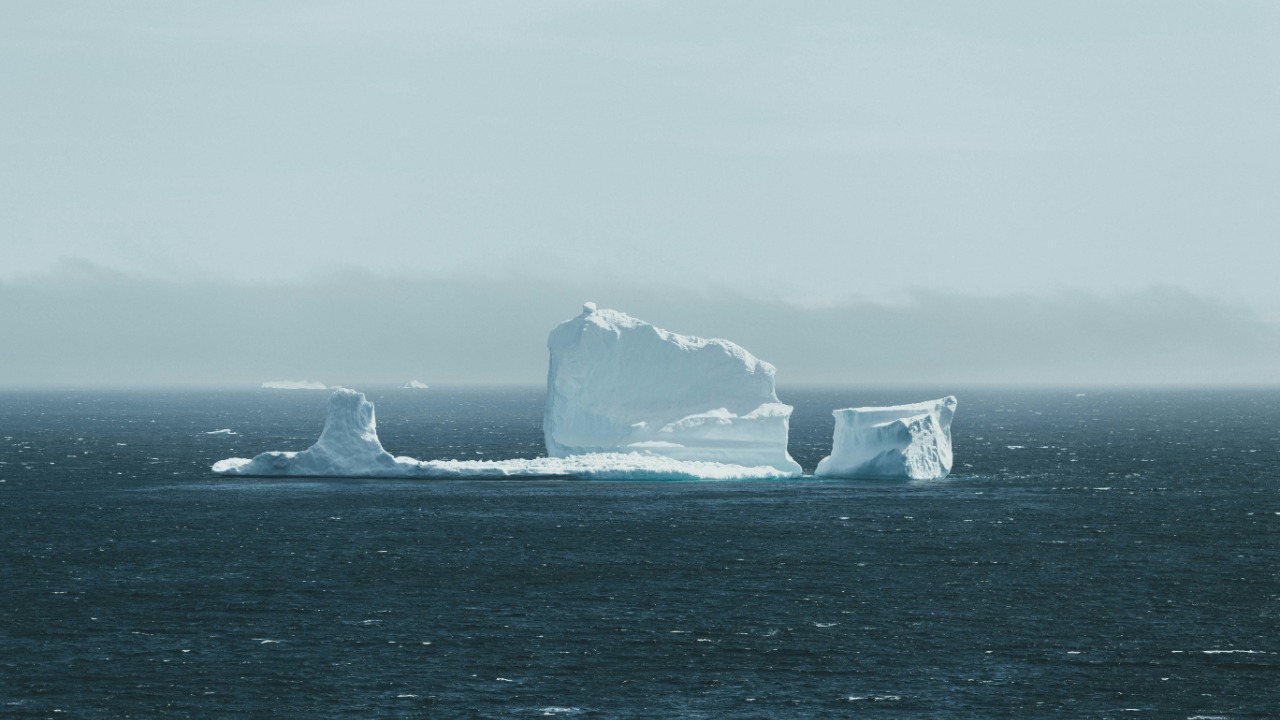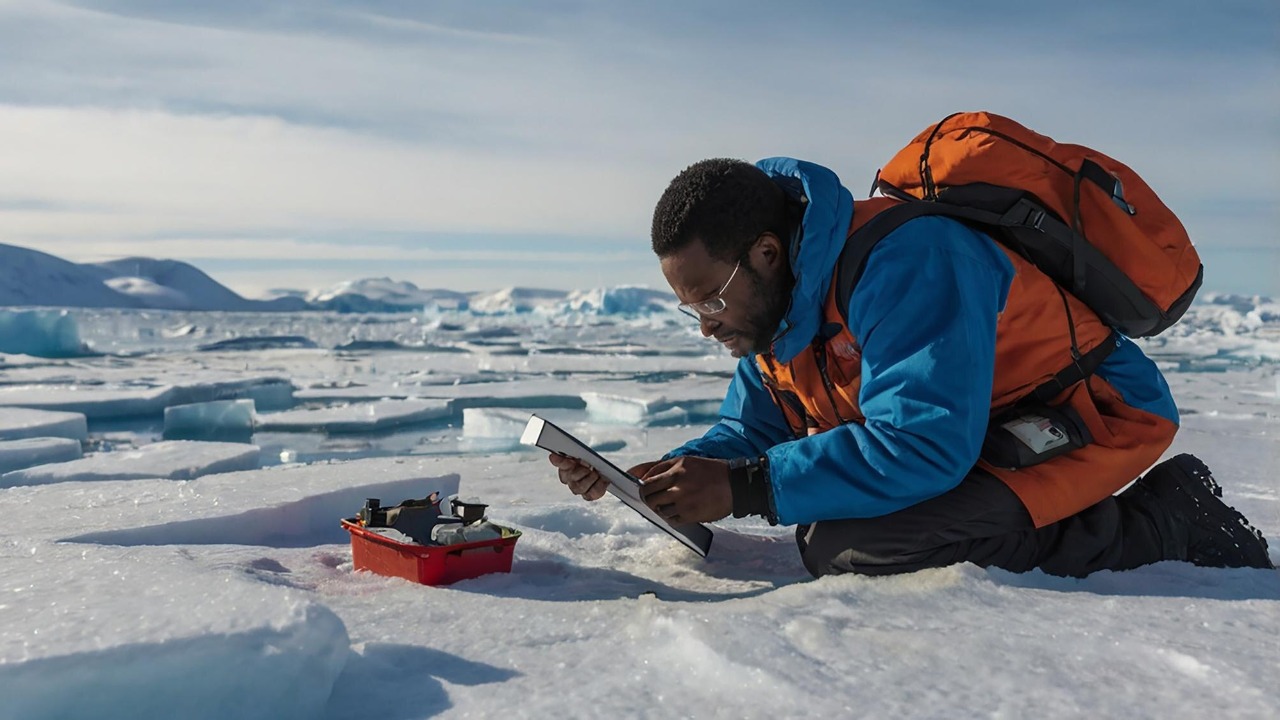
Recent discoveries have revealed that life is not only possible but thriving in the harshest of environments, such as the frigid depths of Antarctic ice. This groundbreaking revelation challenges our understanding of life’s adaptability and raises questions about similar possibilities elsewhere in the universe.
The Discovery of Life Beneath the Ice

In recent years, the exploration of subglacial environments in Antarctica has provided astonishing insights into life where none was thought possible. The discovery of thriving ecosystems beneath the ice has been facilitated by advanced technologies and methodologies. Researchers have successfully drilled into subglacial lakes and explored newly exposed areas resulting from iceberg calving, revealing a plethora of life forms previously hidden under thick layers of ice.
These discoveries have been made possible through the use of remotely operated vehicles and sophisticated drilling techniques that allow scientists to penetrate the ice without contaminating these pristine environments. By employing such precise technology, researchers have been able to observe ecosystems that are not only surviving but thriving in conditions that are inhospitable to most known forms of life. This new understanding challenges previous assumptions about the limits of life on Earth and opens up exciting possibilities for scientific inquiry.
Unique Ecosystems and Adaptations

The ecosystems discovered beneath the Antarctic ice are home to a variety of microorganisms and simple multicellular organisms that have evolved unique adaptations to survive in extreme cold and perpetual darkness. These life forms rely on chemosynthesis, a process where energy is derived from chemical reactions rather than sunlight, as opposed to the more common photosynthesis. This alternate energy source highlights the diversity of survival strategies employed by life in such extreme conditions.
These organisms have developed remarkable physiological and biochemical mechanisms to cope with the cold. Antifreeze proteins prevent ice crystal formation within their cells, while other adaptations enable them to metabolize nutrients in conditions lacking sunlight. The study of these unique adaptations not only enriches our understanding of evolutionary biology but also has potential applications in biotechnology, such as the development of cold-resistant crops and enzymes.
Implications for Astrobiology

The existence of life in such extreme environments on Earth has profound implications for the search for life beyond our planet. The subsurface oceans of icy moons like Europa and Enceladus are considered prime candidates for extraterrestrial life, given their potential for harboring similar ecosystems beneath their icy crusts. The study of Antarctic ecosystems provides a valuable analog for these extraterrestrial environments.
Understanding how life can thrive in the extreme conditions found beneath Antarctic ice helps scientists develop the technology and methodologies necessary for future space missions. Instruments designed to detect signs of life in icy environments must be capable of identifying the unique biosignatures associated with chemosynthetic life forms. This research not only informs the search for life beyond Earth but also enhances our understanding of life’s potential resilience and adaptability.
Challenges and Considerations in Antarctic Research

Conducting research in Antarctica presents numerous challenges, both ethical and environmental. The continent is governed by international treaties that prioritize the protection of its pristine ecosystems. Researchers must adhere to strict protocols to minimize their impact on these fragile environments. The ethical considerations involved in exploring these ecosystems are paramount, as even the most careful interventions can have unforeseen consequences.
International cooperation is essential in ensuring that research is conducted responsibly and that findings are shared widely. By working together, nations can pool resources and expertise to explore this remote and challenging region while maintaining the integrity of its ecosystems. The balance between scientific discovery and environmental stewardship is a delicate one, requiring ongoing dialogue and commitment from the global research community.
Future Directions and Research Opportunities

The continued exploration of Antarctic subglacial lakes represents a promising avenue for further scientific inquiry. These environments offer a unique opportunity to study microbial diversity and evolutionary biology in isolation from other ecosystems. By examining how life persists in such extreme conditions, researchers can gain insights into the fundamental processes that drive evolution and adaptation.
Collaboration among international research teams is crucial for expanding our knowledge of these hidden ecosystems. With advancements in technology and increased cooperation, the potential for groundbreaking discoveries is immense. As we continue to explore these remote and challenging locations, the insights gained will not only enhance our understanding of life on Earth but also inform the search for life elsewhere in the universe.